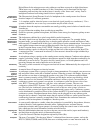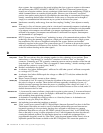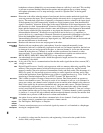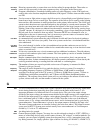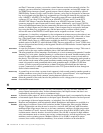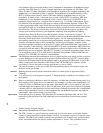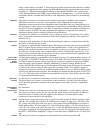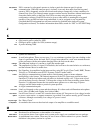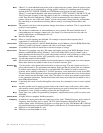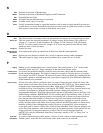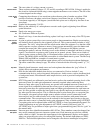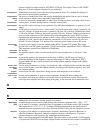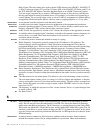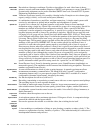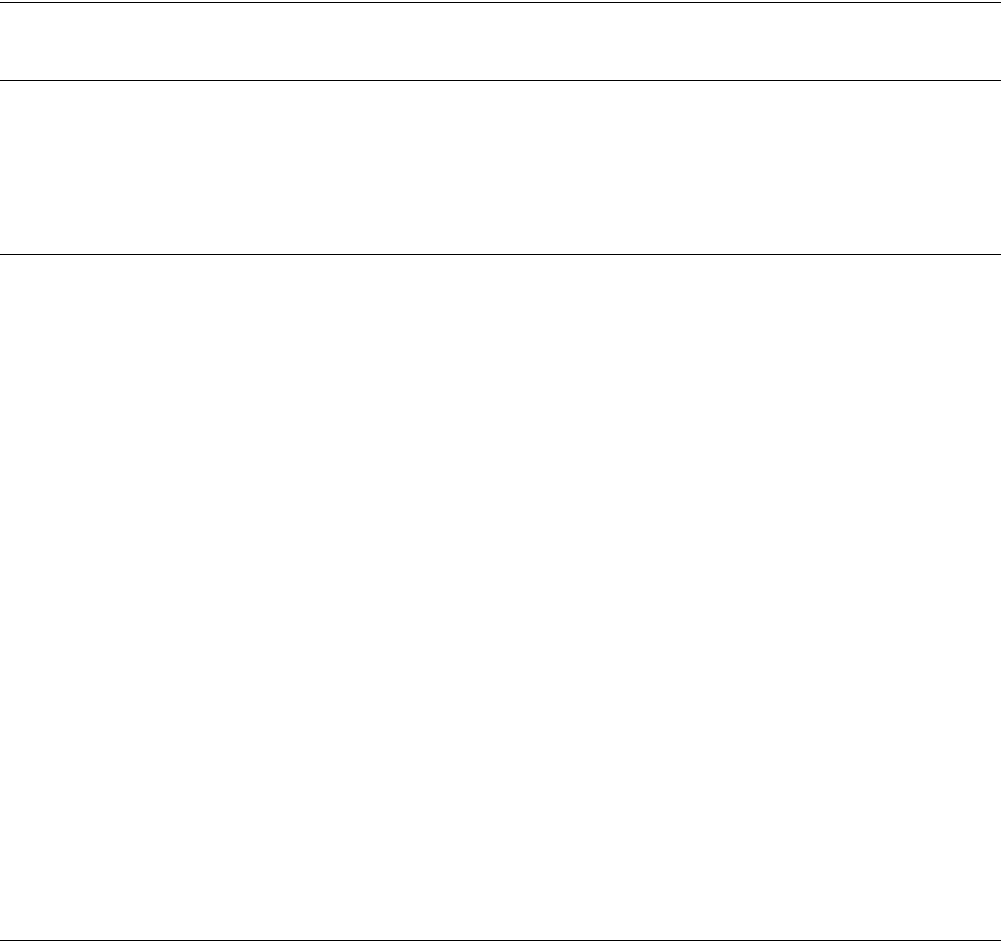
Glossary141
ISO (Camera
ISO)
ISO is a means for a keypanel operator to isolate a particular intercom port for private
communication. While the intercom port is isolated, it can only hear audio from the keypanel
operator. ISO is frequently used in television broadcasting to temporarily isolate a member of a
camera Party-Line. The isolated camera operator can then receive directions without interference
from other audio traffic on the Party-Line. ISOs are setup using the intercom system
configuration software. Each ISO can also be given a name which is meaningful to keypanel
operators. Once an ISO has been set up and named, it can be assigned to any keypanel key
(provided that ISO assignment has not been restricted or disabled in the intercom system
configuration software). For further information about ISOs, search for “ISO” in AZ™EDIT help.
J
K
k
(kilo) metric prefix symbol for 1000.
K
(Kilobyte) prefix symbol for 1024 (common usage).
kilo
A prefix meaning 1000.
L
L
Symbol for inductance.
Lavaliere
A small microphone. There are two types: 1) a very miniature type that clips onto clothing on the
front of a performer below his head, and 2) a larger microphone on a cord worn around the neck
of the performer with the microphone hanging below the neck on the chest.
Leakage
The undesired leakage of a current or signal into another path.
Level
The amplitude of power of a signal. If in decibels, the level has to be stated relative to a reference,
and the reference has to be made clear.
Light Signaling
See Signaling. Accomplished on the intercom line, using DC levels (Clear-Com®, HME, Theatre
Visions) or a 20 kilohertz tone (RTS™ Systems, Telex® AudioCom®).
Limiter
An effective communications system needs to limit dynamic range to ensure adequate
intelligibility to the listener. The limiter/compressor in the TW system user stations has three
functions: I) It helps loud talkers and soft talkers to be heard equally well, 2) It prevents a loud
voice from being severely distorted, 3) It keeps the voltage levels from exceeding system limits.
Function 3 is important because the user station must operate over a wide range of power
voltages, and the limiter makes a practical system possible.
Line
A single communication path.
Line Level
Line Level depends on the system and the reference. It is often used to differentiate microphone
level (-40 to -60 dBu) and a higher level (often 0 dBu).
Local Power
Option
Local Power Source is a small AC converter that converts AC line power to low voltage in order
to power a user station --a separate connector is provided. User stations usually get DC from the
converter, although occasionally low voltage AC power is used.
Loop-Through
See “Daisy Chain”.
Loudspeaker
A transducer that converts the electrical output of an amplifier to a audible sound.
M
mA
Shorthand for milliamperes or thousandths of an ampere.
Main Station
A user station where a user station and a system power supply are combined into one package.
Master Station
A multichannel user station. There may be one or more of these stations in a system. Another
definition is the primary station in a system.



